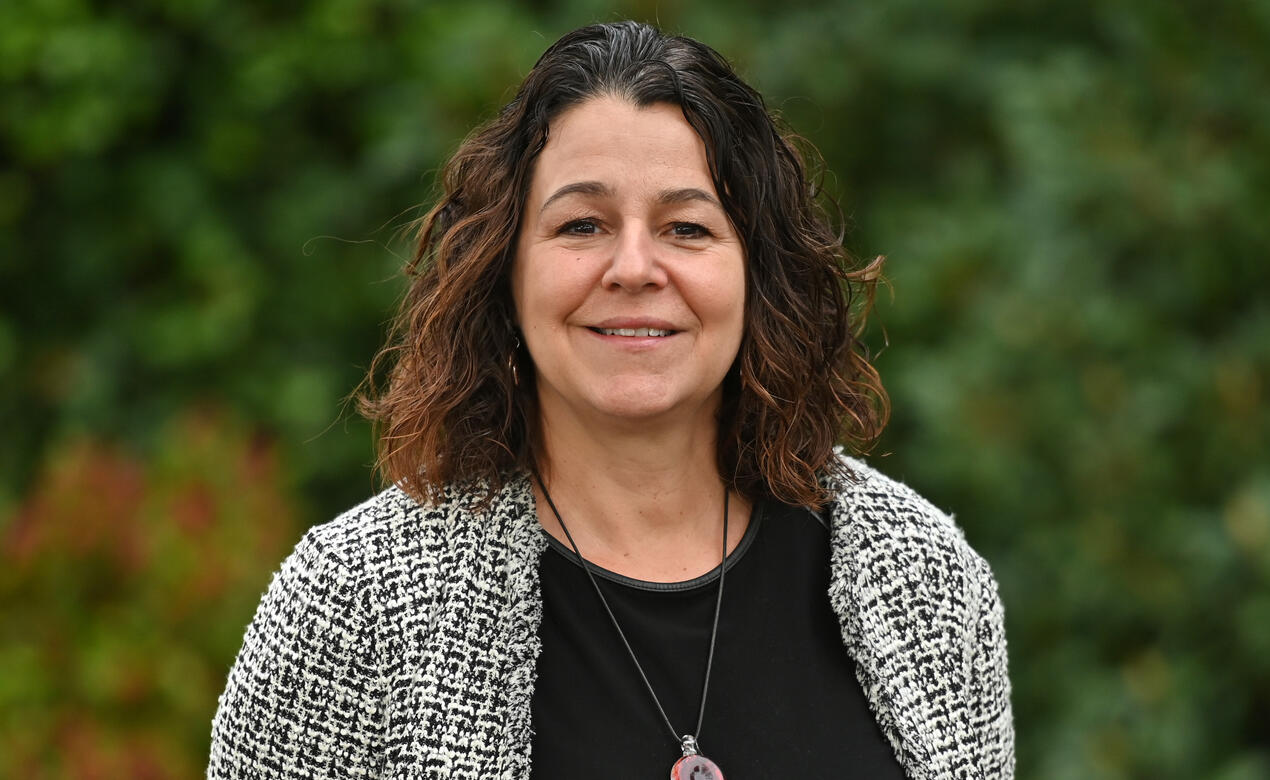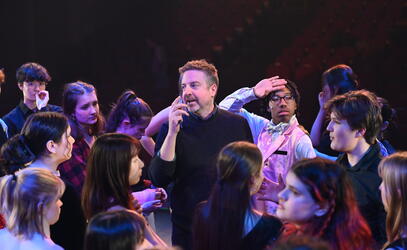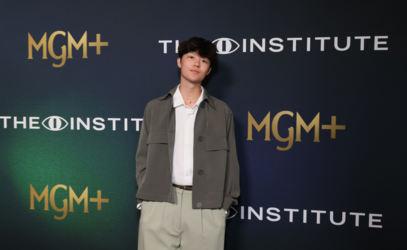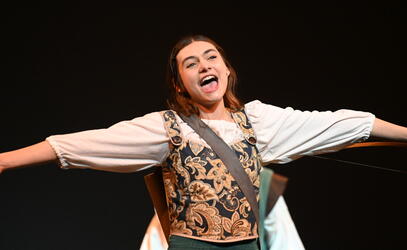
This week, we celebrate the opening of Something Rotten!, this year’s Senior School musical, and from what I have been able to hear from my office in School House during after-school rehearsals, it will no doubt be a spectacular performance! Huge credit goes to all involved, including the production team, the musicians and student actors. Recently, we celebrated our Senior School Music program with a spectacular performance at UVic, as did our Grade 4 and 5 strings and choir students last week. Music and performance are an integral part of our SMUS program, and we applaud our students and teachers for the showcase of talent.
Back in January, I was interviewed for the article, ‘STEM to STEAM: Elevating the Integration of Art and Technology’ written by Kaity Gervais, I emphasized the pivotal role that the arts play in shaping well-rounded students with the ability to thrive in a complex world that requires creativity and imagination for problem-solving, critical thinking, communication and resilience. This is why we refer to our approach at SMUS as a ‘STEAM’ approach.
The inclusion of arts in education, which includes the lovely sounds of music, is not just about adding a splash of colour to the academic canvas; it's about recognizing the intrinsic link between artistic expression, harmonious melodies, and the development of skills crucial for success in STEM fields. Creativity, a cornerstone of the arts and the rhythmic patterns of music, is not an isolated trait but an essential catalyst for innovation. The ability to think outside the box, envision novel solutions, and approach challenges with a fresh perspective is a hallmark of both artistic endeavours and the symphony of scientific breakthroughs.
In visual arts, students learn to observe, interpret, and communicate complex ideas through imagery. These skills are directly transferable to scientific disciplines where visual representation is often the key to conveying intricate concepts. A chemist may use diagrams to explain molecular structures, just as an artist uses visuals to express abstract emotions.
Moreover, performing arts, such as drama and music, foster important qualities that we emphasize in our Portrait of a Learner: collaboration, communication, and adaptability – all integral to successful teamwork. Consider the parallels between a well-orchestrated musical performance and a seamlessly executed physics and engineering project. Both require a harmony of diverse skills, impeccable timing, and a shared vision among team members.
The arts also cultivate a deep appreciation for experimentation and resilience. In painting and strings, the creative process often involves trial and error, refining techniques, and embracing mistakes as opportunities for growth. This mindset directly applies to scientific inquiry, where hypotheses are tested, and failures are stepping stones toward discovery.
Following the Senior School concert at UVic, I was reflecting on the piece, Melody for Strings by M. Skoryk where the orchestra played without a conductor and musicians had to rely on communication while playing. The section heads had to communicate with one another during the piece and take complete ownership without their teacher conductor. The sound flowed beautifully and it was evident how proud Ms. Guillén was about their performance. If you haven’t seen our recent music concert performances, I encourage you to view them.
We pride ourselves with the breadth of our program that fosters the development of a holistic skill set that empowers them to navigate an ever-changing world. The arts provide the emotional intelligence, empathy, and cultural awareness that enhance the analytical and technical proficiencies gained through STEM learning.
Our mission emphasizes preparation for life. By fostering creativity, collaboration, and resilience, the arts enrich the learning experience, nurturing well-rounded individuals poised for success in this diverse and complex world.
Vivat!



